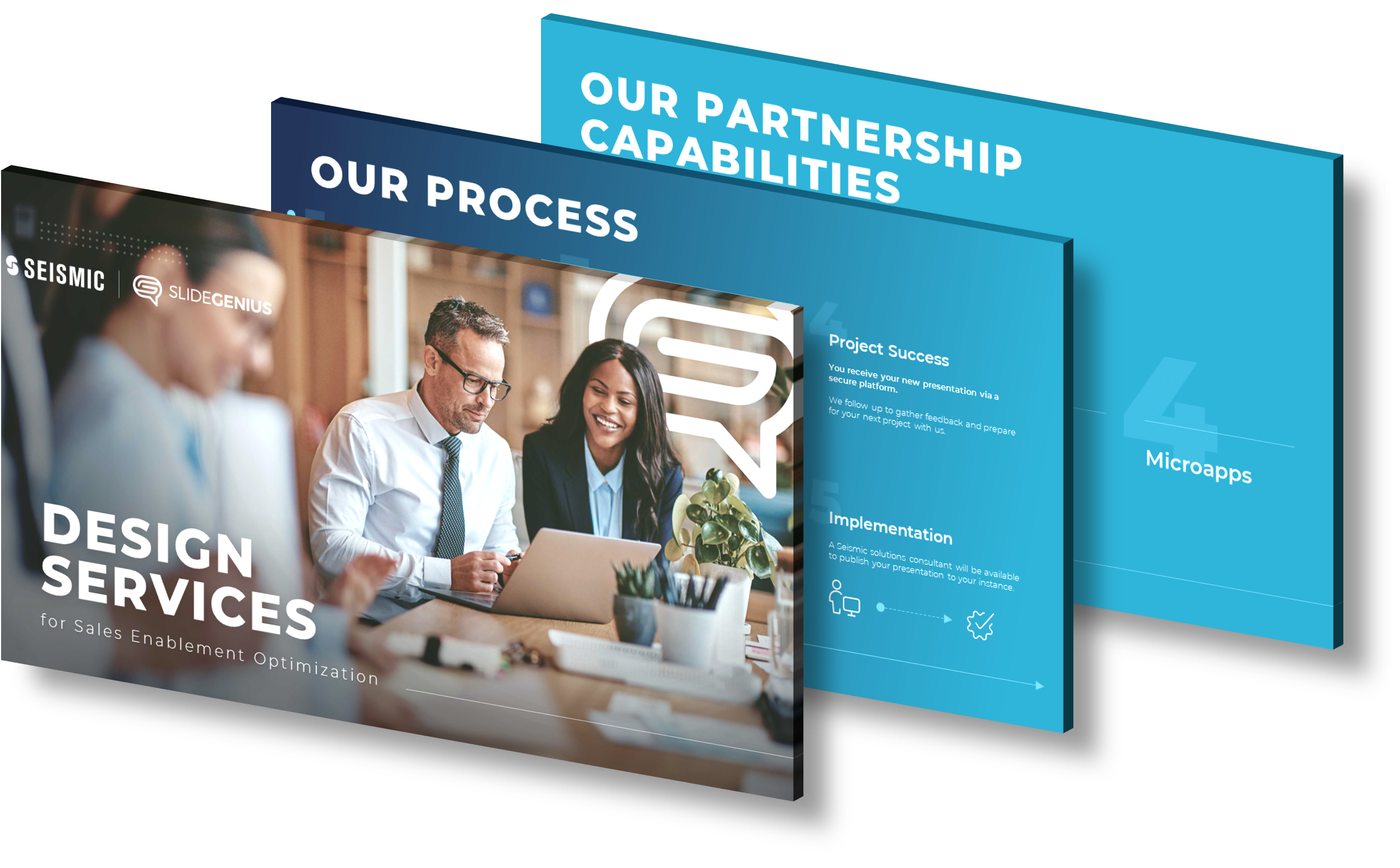What are the key elements to include in a pitch deck for a restaurant business?
Creating a pitch deck for a restaurant business involves clearly presenting your concept, market potential, business model, and financial projections to attract investors. Here are the key elements to include in your restaurant pitch deck:
1. Cover Slide
- Restaurant Name and Logo: Clearly display your restaurant’s name and logo.
- Tagline: A catchy tagline that summarizes your restaurant’s unique value proposition.
- Key Visual: An appealing image that represents your restaurant concept.
2. Executive Summary
- Overview: Briefly describe your restaurant concept, mission, and vision.
- Unique Selling Proposition (USP): Highlight what sets your restaurant apart from competitors.
3. Concept and Menu
- Restaurant Concept: Describe the overall theme, cuisine, and dining experience.
- Sample Menu: Provide a sample menu with key dishes to showcase your culinary offerings.
- Ambiance and Design: Include visuals of the restaurant’s interior design and ambiance.
4. Market Analysis
- Industry Trends: Present data on current trends in the restaurant industry.
- Target Market: Define your target customer demographics and psychographics.
- Location Analysis: Discuss the restaurant’s location and its advantages.
5. Business Model
- Revenue Streams: Explain how your restaurant will generate revenue (e.g., dine-in, takeout, delivery, catering).
- Pricing Strategy: Outline your pricing model and menu pricing strategy.
6. Marketing and Sales Strategy
- Promotion: Describe your marketing strategy to attract and retain customers (e.g., social media, events, partnerships).
- Customer Acquisition: Explain how you plan to acquire and retain customers.
- Branding: Discuss your brand identity, including logo, colors, and overall aesthetic.
7. Competitive Analysis
- Competitor Landscape: Identify your main competitors and analyze their strengths and weaknesses.
- Competitive Advantage: Highlight what sets your restaurant apart from the competition.
8. Operations Plan
- Operational Plan: Outline your daily operations, including staffing, supply chain management, and service standards.
- Staffing: Discuss your staffing plan, including key roles and responsibilities.
9. Financial Projections
- Start-up Costs: Provide a detailed breakdown of the initial investment required to launch the restaurant.
- Revenue Projections: Present financial projections for the next 3-5 years, including sales, expenses, and profitability.
- Break-even Analysis: Show when you expect to break even and start making a profit.
10. Team
- Founders and Key Personnel: Introduce the founding team and their relevant experience.
- Advisors: Highlight any advisors or consultants who bring valuable expertise to the project.
11. Funding Ask
- Investment Requirements: Clearly state the amount of funding you are seeking.
- Use of Funds: Explain how the funds will be used to achieve your milestones.
12. Vision and Future Roadmap
- Long-Term Vision: Share your long-term vision and goals for the restaurant.
- Expansion Plans: Discuss potential future growth and expansion opportunities.
13. Call to Action
- Next Steps: Encourage potential investors to take action, such as scheduling a meeting or visiting the restaurant site.
Examples and Resources:
- SlideGenius: Offers professional design services for creating impactful pitch decks tailored to the restaurant industry.
- PitchDeck.com: Provides custom pitch deck design services to help you present your restaurant concept effectively.
View Our Pitch Deck Portfolio
Get a Quote on a Custom Designed Pitch Deck
Category: Pitch DecksWhat are the key elements to include in a cafe pitch deck for a successful presentation?
Creating a compelling cafe pitch deck involves several key elements. Here’s an in-depth look at what those might include:
1. Executive Summary:
The executive summary is a concise overview of your cafe business. This should include your cafe’s name, location, your mission statement, and a brief summary of what makes your cafe unique.
2. Business Description:
This section provides a detailed description of your cafe. Discuss what kind of cafe it is, whether it’s a traditional coffee shop, a specialty tea room, or a bakery cafe. Explain your unique selling proposition (USP) and what sets you apart from other cafes in your area.
3. Market Analysis:
Present research on your target market, including demographics, size, and trends. Discuss your understanding of your customers’ needs and tastes, and how your cafe will appeal to them. Include a competitive analysis highlighting your main competitors and how you plan to differentiate your cafe.
4. Menu:
Include a detailed menu of what you’ll be offering. This should include both food and beverages. Highlight any unique or signature items.
5. Operations Plan:
Describe how your cafe will operate on a day-to-day basis. Discuss your opening hours, number of employees, suppliers, and any other operational details.
6. Marketing and Sales Strategy:
Detail your marketing and sales strategies. Discuss how you plan to attract and retain customers, such as through social media marketing, loyalty programs, or community events.
7. Financial Projections:
Provide an overview of your financial projections for the next three to five years. This should include your projected income, expenses, and profitability. You might also include a break-even analysis.
8. Investment Proposal:
If you’re seeking investment, include a proposal outlining how much funding you need, what it will be used for, and how investors will benefit.
Remember, your pitch deck should be visually appealing, easy to understand, and engaging. It’s not just about providing information, but also about telling a story and creating an emotional connection with your audience.
View Our Presentation Design Portfolio
